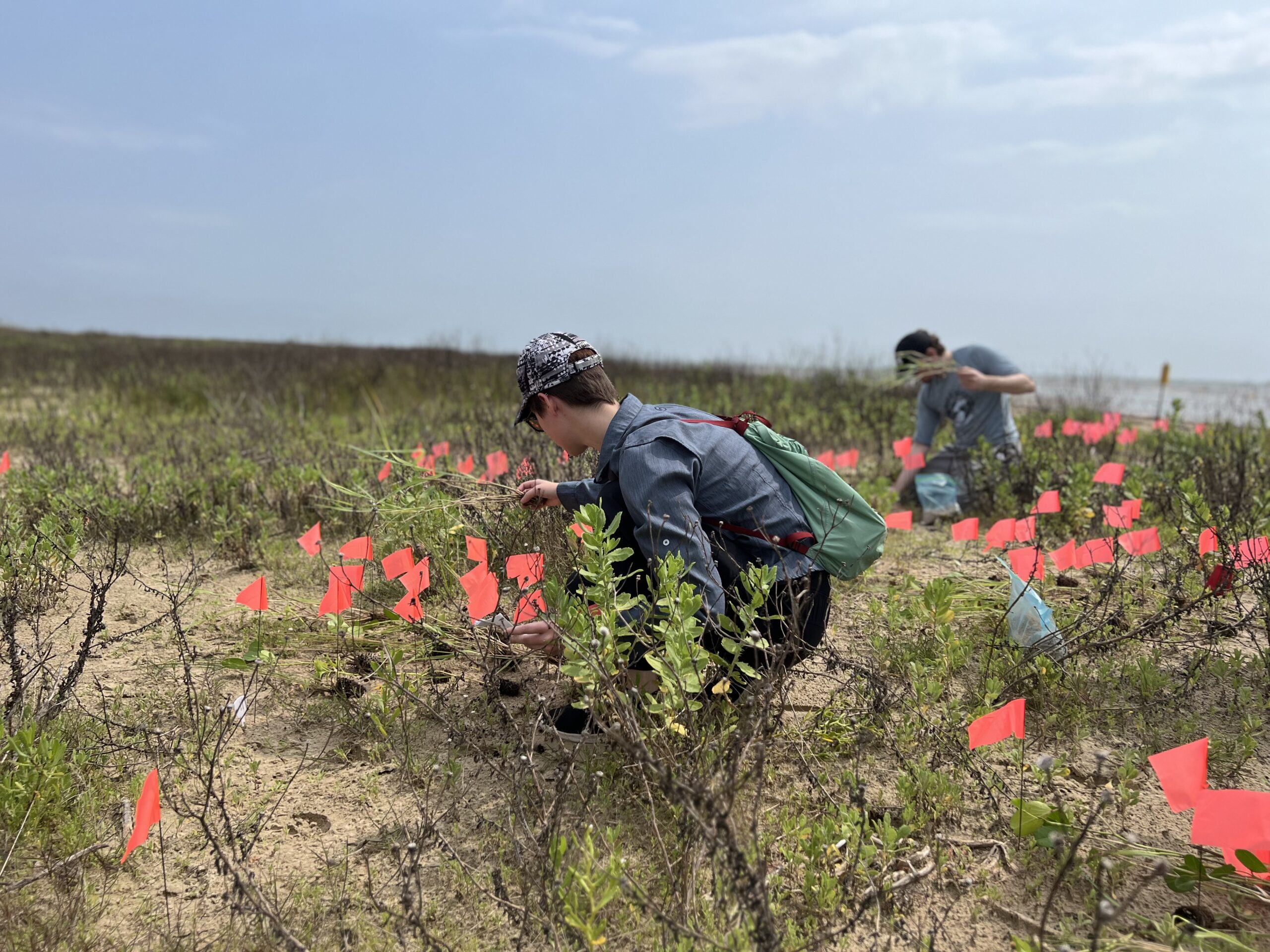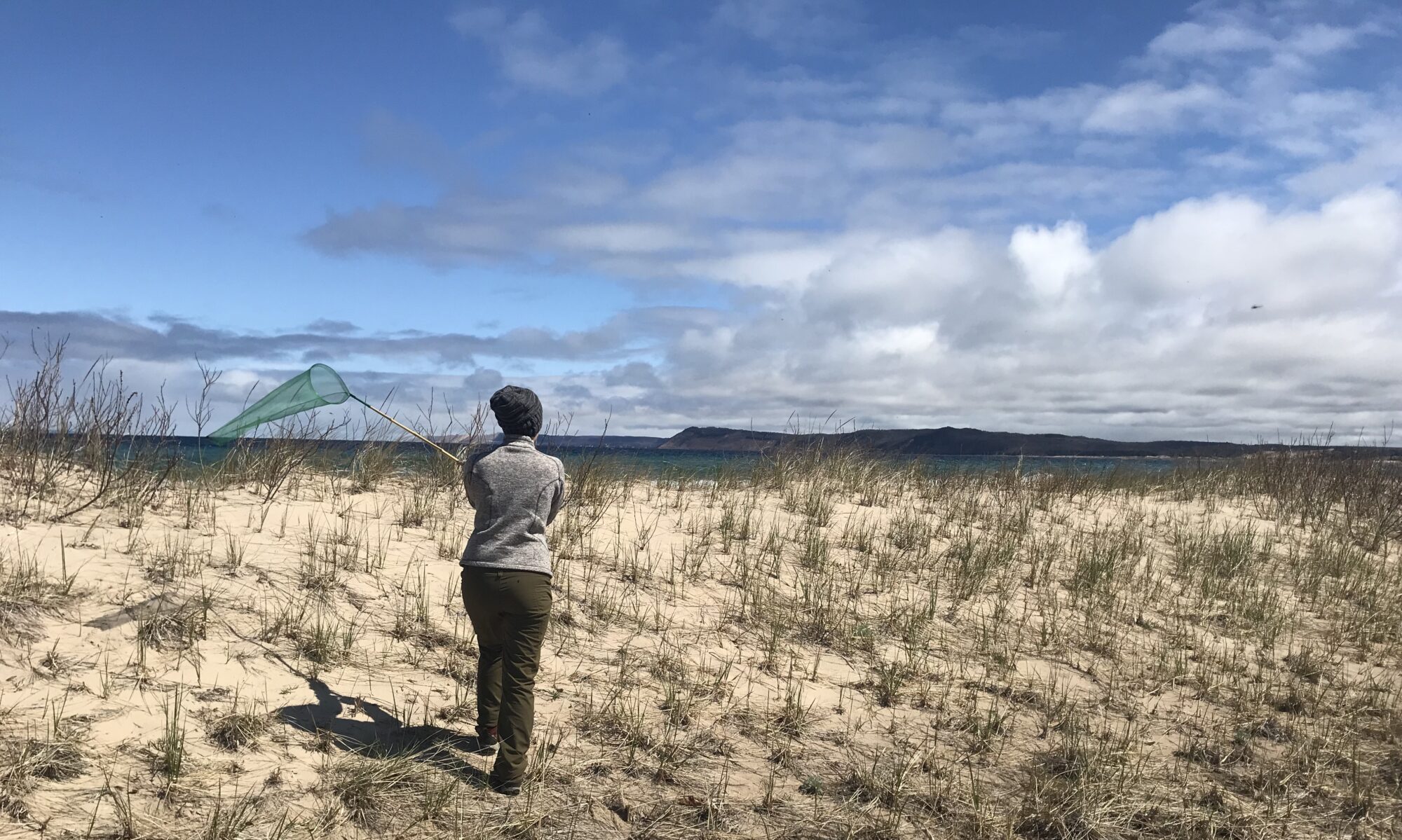Global change, plant-microbe interactions, and plant community structure
We are testing how climate change will influence plant community structure through changes in plant-microbe interactions.
Intraspecific variation and plant-microbe interactions
Plant-microbe interactions and ecological restoration

Soil microbial communities are sensitive to disturbances, and degraded ecosystems often have less diverse and abundant soil microbes than undisturbed ecosystems. Despite their importance for community processes and ecosystem functioning, soil microbes are rarely considered during ecological restorations. With funding from NOAA’s Texas Sea Grant, we are testing the utility of using native soil inoculum in coastal dune restorations. So far, we’ve found that the addition of native soil microbes to experimental restorations increased plant diversity and soil stability. However, the effect of microbes on dune restorations likely depends on the abiotic context and the origin of the soil microbial community. Now, we are testing whether local adaptation in microbial communities plays an important role in determining restoration outcomes using a series of experiments along Texas’s Gulf Coast.
Plant-microbe interactions and invasion biology
